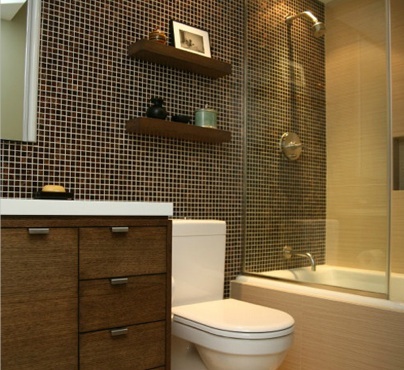SOME REASONS WHY ORIGINAL ART IN THE HOME IS AS IMPORTANT AS A BED
1. Creates Mood
2. Adds Personal Character to the Home
3. Makes Memories
4. Provides a Colour Palette
5. Makes a Room Feel Finished
6. Inspires and Fosters Creativity
7. Conversation Starter
8. Supports Artists
9. It is an Investment
10. Creates a Livable Environment
11. Keeps the Brain Active
12. Relaxation
13. Curating Your Own Gallery is Fun!

Bathroom Renovation Ideas For Your House
- Details
- Category: Home improvement
From layout inspiration to picking the proper materials and fittings, we have got all the info you want to fill out the ideal bathroom remodeling Whitehall, PA job.
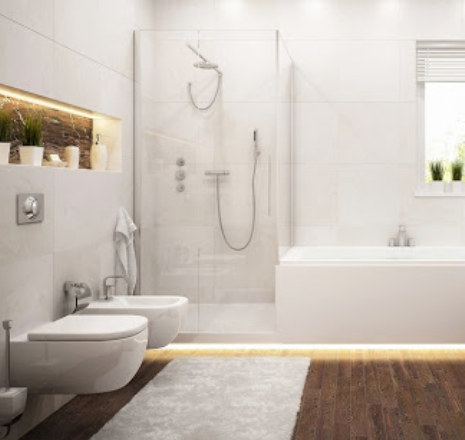 A sensible and modern bathroom radically enhances the attractiveness of any House, so if you are arranging a bathroom renovation it is vital that you get the details correctly. Therefore, if you're trying to find a multitude of useful tips and secrets that will assist you turn your weary and glistening bathroom into a relaxing and luxurious escape, then you have come to the ideal location.
A sensible and modern bathroom radically enhances the attractiveness of any House, so if you are arranging a bathroom renovation it is vital that you get the details correctly. Therefore, if you're trying to find a multitude of useful tips and secrets that will assist you turn your weary and glistening bathroom into a relaxing and luxurious escape, then you have come to the ideal location.Before You Begin Considering designing ideas, colors, and picking shower Heads and tiles, so you want to sit down and work out precisely what you wish to accomplish with your toilet renovation.
If you are organizing an ensuite to make a calm space where you can Should you require a toilet for the growing family, afterward durable stuff and a good deal of storage will probably be crucial inclusions.
For and any attributes in your own must-have list.
Layout Suggestions for different jobs
Your toilet renovation, such as:
Design
The Ideal design is Crucial to make a practical and comfortable area, So think about ambience, restraint and flow when choosing your bathroom design. Talk with an architect or a builder concerning the operation and design of this area. There is a seemingly endless collection of floorplan options available, however you might be restricted by the location of existing pipes connections. Think about the characteristics that you want in your toilet, such as maximising natural lighting or making that an effortless flow in the bedroom through to a ensuite shower, when choosing the ideal design. use. By picking a display for solitude to choosing a shower head to sourcing the ideal water stream, there is lots to take into consideration when picking your bathtub. You may select a hand-held or fixed shower head, massage showers, whirlpool showers and large- and - low-pressure jets. Concerning shower screens, would you desire a framed, frameless or semi-frameless display, or maybe no display in any way? Chat into an interior designer and also shop around at bath specialist shops to find out more about various alternatives on the industry and the way they fit into your plans.
Toilet
A modern bathtub Is Essential -- and there is a seemingly limitless Selection Of lovely designs to select from. There are freestanding baths which are statement bits in their own right, recessed baths which use minimal distance, easy-access bathrooms for the elderly or people with a handicap, in addition to complete jacuzzi installments for a bit of luxury. But if you reside in a second-storey home, be cautious of owning a bathtub on the second floor since the burden of a complete tub can place pressure on the top floor. The quantity of space available is likely to have a large influence on the tub you choose.
When you are renovating a toilet, distance is the last frontier.
Regrettably, most toilet renovators only have a restricted area to work With, so that they will need to benefit from smart ideas and design solutions which help them make the most of the accessible space. By way of instance, a typical entrance door may eat up more room than you need to spare, therefore a sliding door may provide a much better alternative.
Renovating a little bathroom signifies You will also need to be ruthless when determining what belongs in your own Toilet wish list. Attractive, are you truly ready to forfeit such a massive quantity of floor Space to incorporate a bathtub?
How Can We Protect Oil Paintings?
- Details
- Category: Home improvement
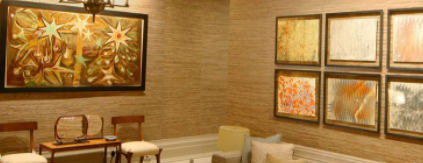 Keeping Art from Being Dirty before Cleaning:
Keeping Art from Being Dirty before Cleaning: You should know what can cause dirt accumulation and harm when maintaining your paintings. Prevention is the most critical aspect of cleaning paintings: it is much better to shield the artwork from dirt and damage than to clean it.
You may (and sometimes should) add a coat of varnish to protect the painting from dust if you are the original artist of the piece. Make sure that no dust is on the piece or in the air around your office while applying it-you don't want to seal those particles on your painting! Varnishing often decreases the roughness of the painting's surface, increasing the color saturation, in addition to shielding your art from dust.
Paintings Clean and Protect: in the home/studio
Improper storage and display are prevalent causes of damage and soiling of artwork. Most paintings are light-sensitive, so you should be careful to position the work in front of a bright window facing the sun. Especially vulnerable to harm from high temperatures and humidity are oil paintings. Consider this if you store the job in a basement or attic: for these spaces, you might want to invest in a humidifier or dehumidifier.
Cleaning and Painting Protection: Over the years
One of the most common ways to hurt, dirty, or discolor a painting comes from the worst enemy of all: natural aging. There are steps that can be put in place to minimize the harm caused by natural ageing, such as using varnishes and properly storing the work. However some natural damage will eventually occur as the years go by.
When to have your paintings washed
Consider the worth of the piece, first and foremost. Don't lose the DIY-cleaning job if the job is a multi-million dollar Manet original. Go to a specialist. And make sure the poor kid is insured!
Don't use items for cleaning
Without saying, this should go. Many materials for chemical cleaning are abrasive or have properties that alter color. They will stain the painting at the very least. They can wear away the materials as well. Many cleaning products will permanently ruin your artwork, so don't take the risk.
Do not use water, either or do not use
A painting is not the same as the floor of your kitchen and should not be washed using the same technique. Water is able to alter the dimension of the painting's fabric. In acrylic paint, it can also wash out certain of the additives.
Method 1: A dry, soft brush
The best way to clean your painting is to dust it with a smooth, dry brush, gently. Before you take it to your piece of art, make sure there is no paint or moisture on the bristles. Swipe the dust and accumulated dirt off the artwork gently.
Approach 2: Spit
For cleaning paintings, some museums and historians use saliva. Saliva is not the same structure as water and reacting with or washing away the elements is less likely to affect the artwork. Don't just hock a loogie onto the painting if you intend on using this process. You'll want to moisten a q-tip or cotton swab with saliva instead and swipe the paint surface gently.
How Do You Clean Painted Wood?
- Details
- Category: Home improvement
Dusting
The best technique is shockingly clear: utilizing a build up free fabric or duster, essentially clean your painted furniture off. In addition to the fact that this keeps the shading looking new and new, it likewise keeps earth and residue from gathering on a superficial level which, whenever left to settle, will require progressively vivacious cleaning. Rehash this as frequently as could be expected under the circumstances, sensibly speaking – the cleaner you can keep your painted furnishings, the more it will remain in an ideal condition.
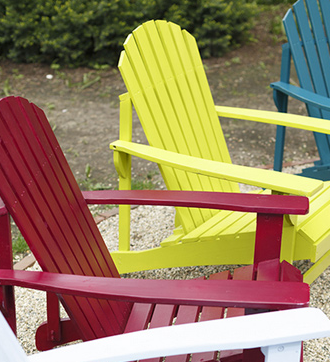 Standard Cleaning
Standard Cleaning Minor stains and softly dirty zones are effectively cleaned: blend a limited quantity of cleaning up fluid or cleanser (we suggest utilizing a cleanser meant as 'mellow' or 'kind to hands' as this will be more PH nonpartisan) with warm water. Utilizing a clammy material, wipe your painted furnishings, guaranteeing you take additional consideration with the especially grimy zones. When it has been cleaned, wash the thing with new, clean water to evacuate any synthetic concoctions or cleanser buildup that might be left. Quickly dry with a build up free material to forestall fluid laying on a superficial level and causing recoloring or other harm.
Repainting
Little regions of your painted furniture may dull in shading because of different factors, for example, age, general utilize and dreary cleaning. If so, including a light layer of paint to correct the shading will revitalize them and look all around great.
The most effective method to keep stains from returning
There are various estimates you can take to keep stains from returning, including the accompanying:
In the event that hot, wet or messy things are frequently positioned on a painted surface, ensure you use mats, napkins, trivets, or dragsters to forestall direct contact with the timber.
Any spilled fluid ought to be cleaned up right away. A similar exhortation applies to food and different solids that could leave sleek or oily checks on a superficial level.
Things to maintain a strategic distance from
We don't suggest utilizing some other cleaning arrangements than those referenced previously. This is on the grounds that such arrangements can recolor the paint of the timber underneath it, making harm your furnishings. Besides, abstain from cleaning frill, for example, metal scourers as these will leave scratches in the paint. Before cleaning, you ought to consistently wipe over your furniture with a spotless and dry material to evacuate whatever might be perched on a superficial level (as such buildup could scratch your furniture during the cleaning procedure).
Wood development
Wood is a characteristic item. All things considered, it can grow and contract with variety in room temperature and air mugginess, and may move after some time. As an immaculate item this doesn't cause any issues, and little parts or holes between joins just add to the wood's character – it is anything but a flaw. At the point when painted, wood's development can be emphasizd further.
How Do You Remove Dried Paint From Glass?
- Details
- Category: Home improvement
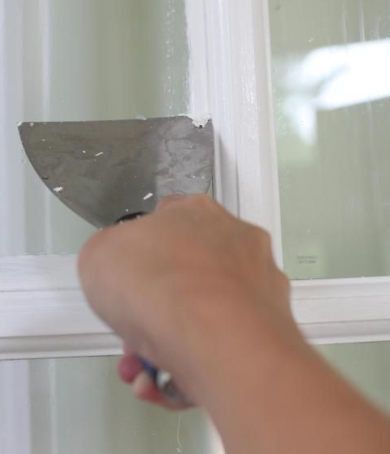 Expelling Paint from Glass with a Scraper
Expelling Paint from Glass with a Scraper Materials required:
Hand-held security extremely sharp edge
Material/Sponge
Squeegee
Little basin
Warm water
Dishwashing fluid.
Here is the thing that to do:
Fill a basin with warm water and some dishwashing fluid. Blend it until it gets frothy. The cleanser will make it simpler for the scrubber to move over the glass surface, limiting the danger of scratching.
Splash the cleaning fabric or wipe in the arrangement.
Clean the window to expel any earth and grime from the surface. Next, wash it utilizing a perfect wet material or wipe.
Wet the window again with the dishwashing arrangement.
Hold the extremely sharp edge at a 45-degree point and cautiously scratch the paint. Ensure the glass is wet while you are scratching with the disposable cutter, else you may scratch it.
On the off chance that you have as of late painted territories around the window or window ledge and the paint has not yet dried appropriately, it might be ideal to leave it until it has. Cleaning it with foamy water may make the paint run and ruin different surfaces.
Wipe the glass with a squeegee to evacuate any residual dampness or streaks, and afterward with a material to clean the surface.
Verify whether all the paint has been evacuated. On the off chance that there is still some paint on the glass, rehash the means 5 and 6 until all the paint has been expelled.
Cleaning a Carpet in Your Art House
- Details
- Category: Home improvement
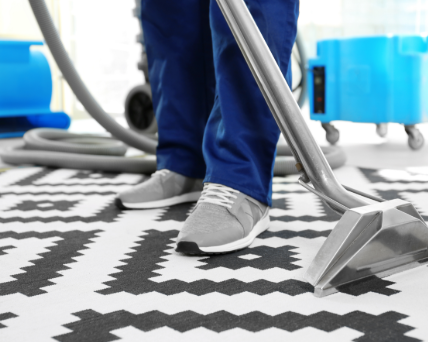 Decide if You Should DIY It
Decide if You Should DIY It Before you begin, evaluate your mat. Classical carpets, Persian mats, and other fragile pieces ought to be left to the experts. These sorts of carpets are costly to supplant, so it pays to put resources into their consideration to keep them fit as a fiddle. Carpets should possibly be cleaned when they are obviously grimy or have a scent.
Devices
Mat cleanser (or mellow dish cleanser)
Container
Delicate fiber brush or wipe
Water
Discretionary:
Elastic gloves
Nursery hose
Wet-Dry vacuum
Evacuate Dirt and Debris
Vacuum on the mat the two sides. On the off chance that you have pets, utilize the brush connection to get any stray hairs.
Blend Your Cleaner
In the event that you acquired a carpet cleanser, pursue the headings on the jug for blending. You can likewise utilize mellow dish cleanser blended in a can with warm water. Try not to utilize heated water as it can recoil the carpet or cause blurring.
Do a Color Test
Before you start scouring, ensure the cleaner doesn't make the hues run. Test the arrangement on the side of the mat to ensure it is colorfast. In the event that the shading doesn't drain, it's sheltered to proceed onward to the subsequent stage.
Wash the carpet
Utilizing a wipe or delicate fiber brush, work the cleaning arrangement into a foam on the carpet. Give the cleaner a chance to sit on the mat for a couple of minutes before washing.
Wash the carpet
Wash the cleanser out of the carpet utilizing a nursery hose or pails of clean water. Ensure all the cleaning arrangement is expelled from the carpet and the overflow water is clear.
Evacuate Excess Water
Now, you'll need to dispose of as much abundance water in the carpet as you can so it will dry quicker. You can utilize a wet-dry vacuum in the event that you have one, or utilize a squeegee toward the snooze.
Allow the To mat Dry
Lay the carpet level and permit to the top to dry totally. Flip over to let the base side dry. Fans can help accelerate the procedure. Ensure the mat is completely dry before you return it to the room.
Hints For Windows Replacement
- Details
- Category: Home improvement
How To Wash Your House After Remodel?
- Details
- Category: Home improvement

Screened in porches ideas
- Details
- Category: Home improvement
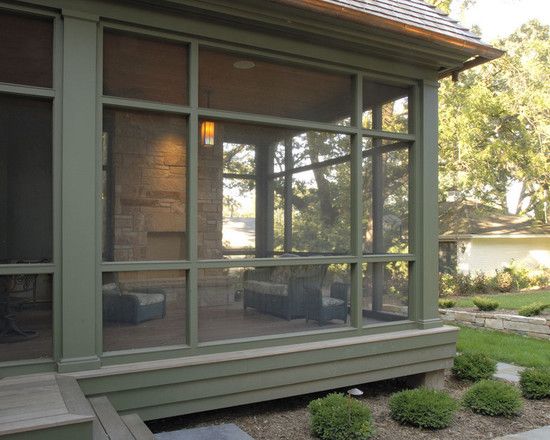
Cleaning after house painting
- Details
- Category: Home improvement
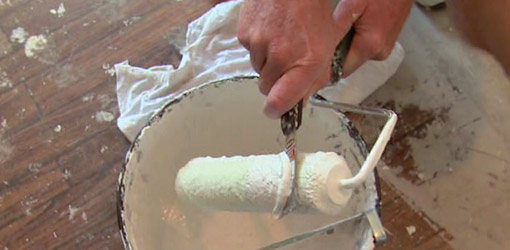
Patios installation ideas
- Details
- Category: Home improvement

How to repair your garage doors?
- Details
- Category: Home improvement

House cleaning after home repair
- Details
- Category: Home improvement
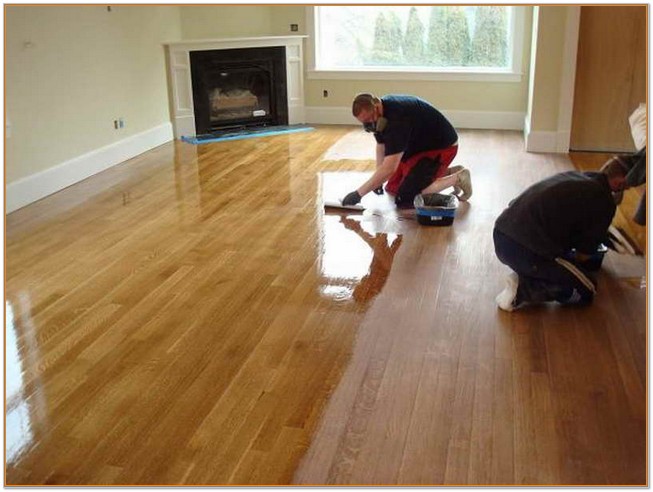
How to clean interior construction dust after home improvement?
- Details
- Category: Home improvement
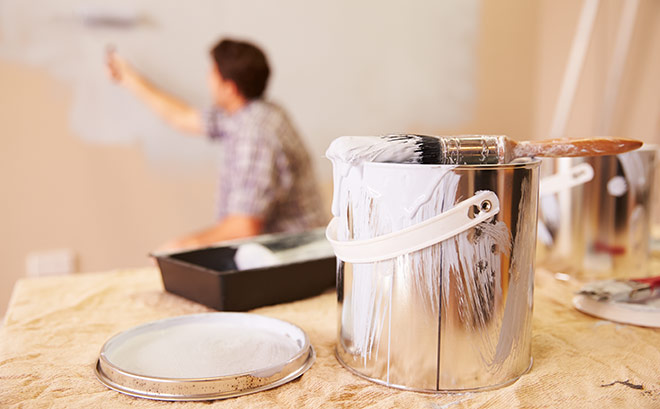
Post renovation cleaning ideas
- Details
- Category: Home improvement
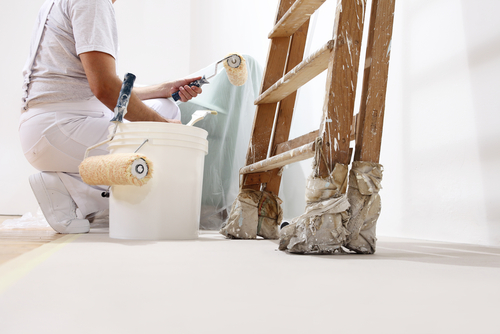
Affordable home improvement projects
- Details
- Category: Home improvement

Tool Rental Ideas
- Details
- Category: Home improvement

Clean-up checklist after home repair
- Details
- Category: Home improvement
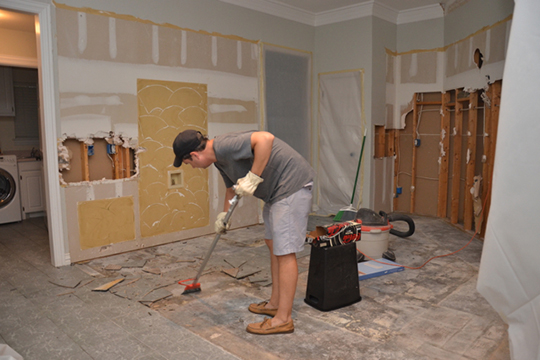
How to install a fireplace insert?
- Details
- Category: Home improvement

How to remove mold?
- Details
- Category: Home improvement
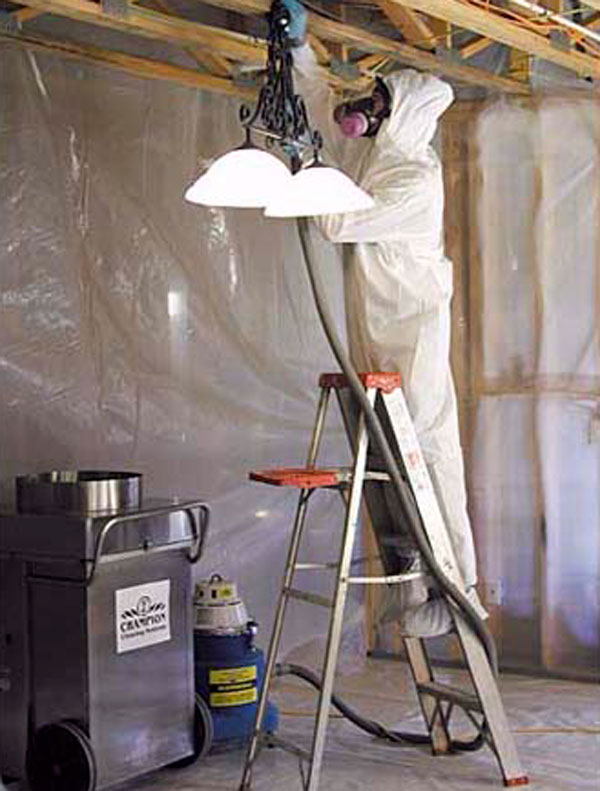
Driveway protecting methods
- Details
- Category: Home improvement

Tips on renting forklifts
- Details
- Category: Home improvement

Customized Deck Options
- Details
- Category: Home improvement
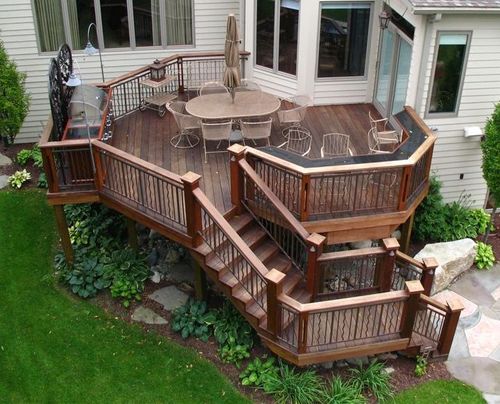
Kitchen Cabinet Refacing Tips
- Details
- Category: Home improvement
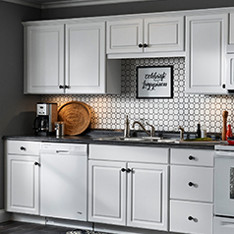
Bathroom Remodeling Cost - Things to Look For
- Details
- Category: Home improvement
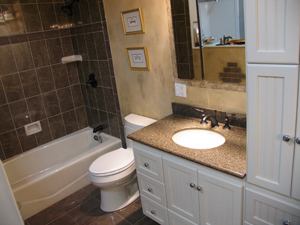
Top Moving Recommendations
- Details
- Category: Home improvement

Strategies for Utilizing Retail Store Fixtures
- Details
- Category: Home improvement
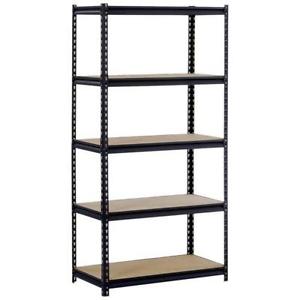
Cleaning after remodel
- Details
- Category: Home improvement

Kitchen and bathroom remodeling and design
- Details
- Category: Art For Your Home
